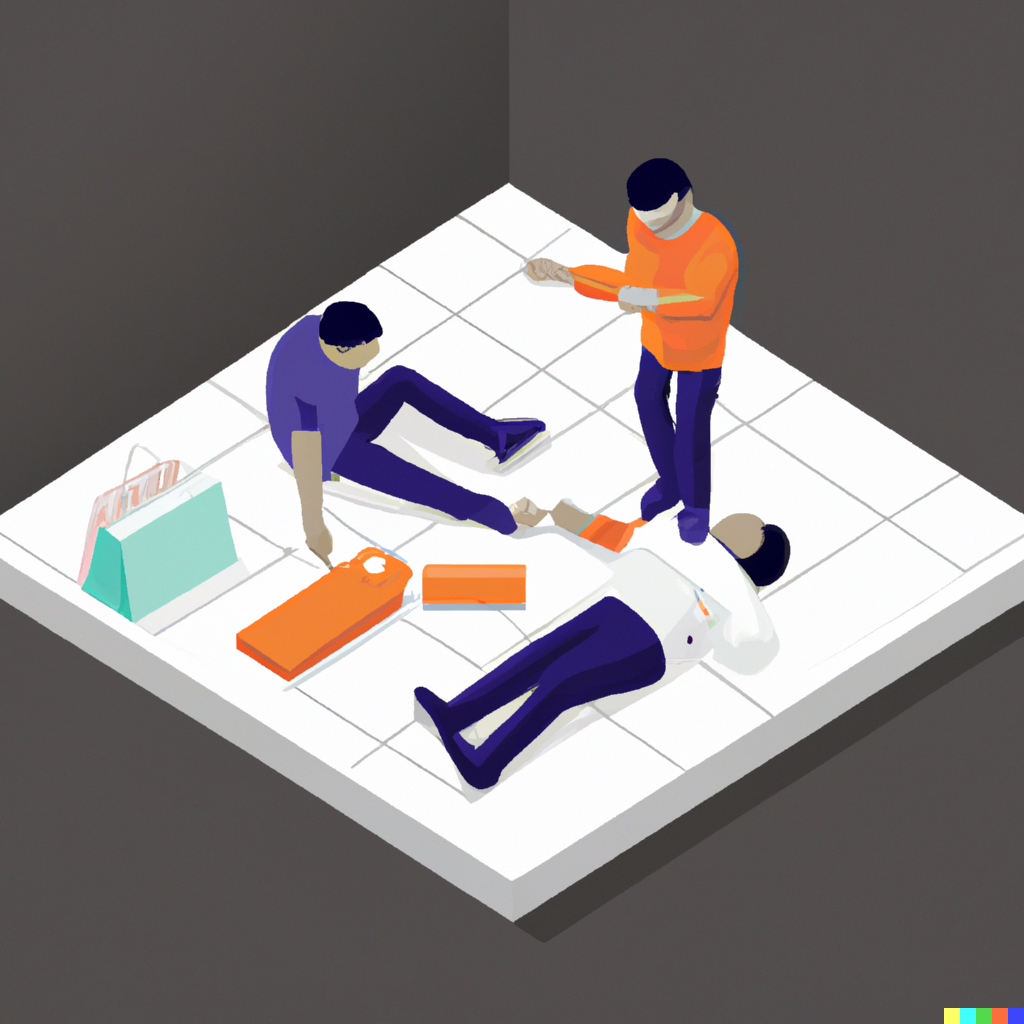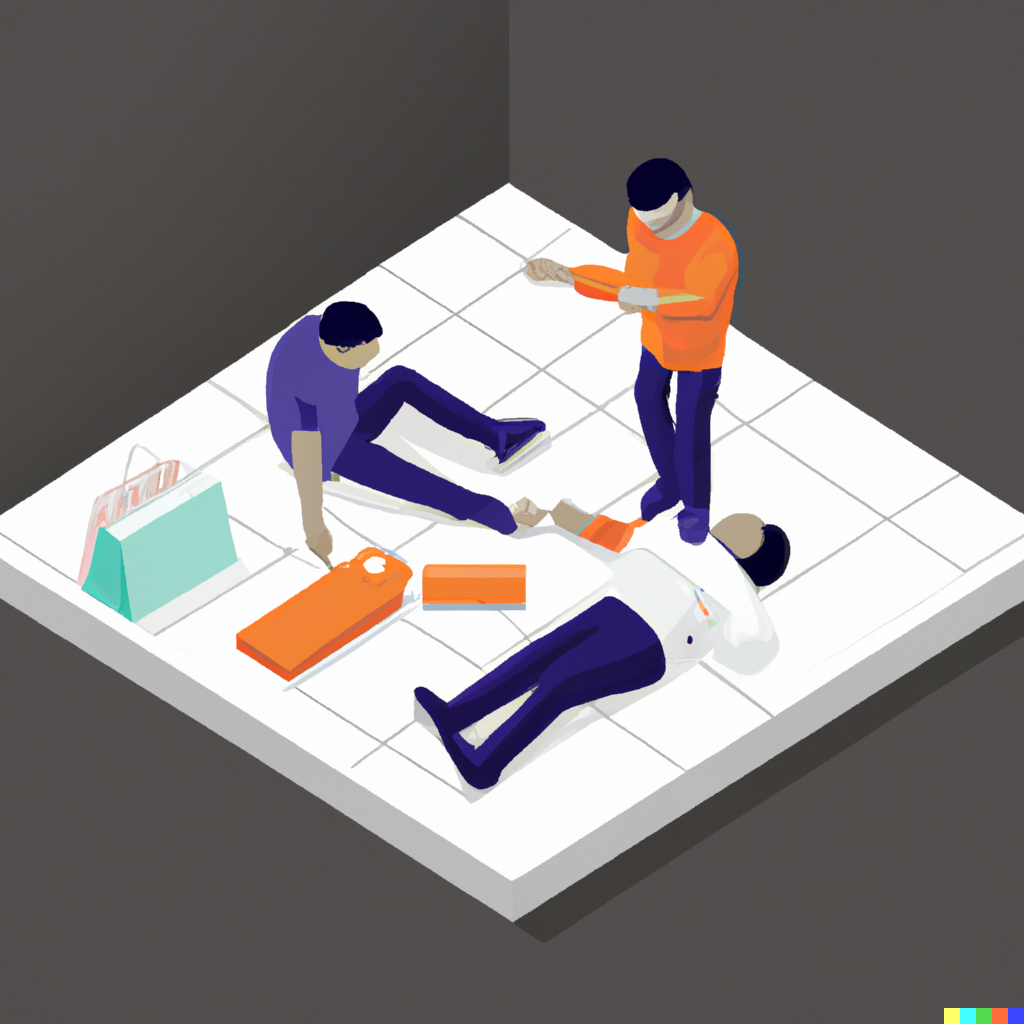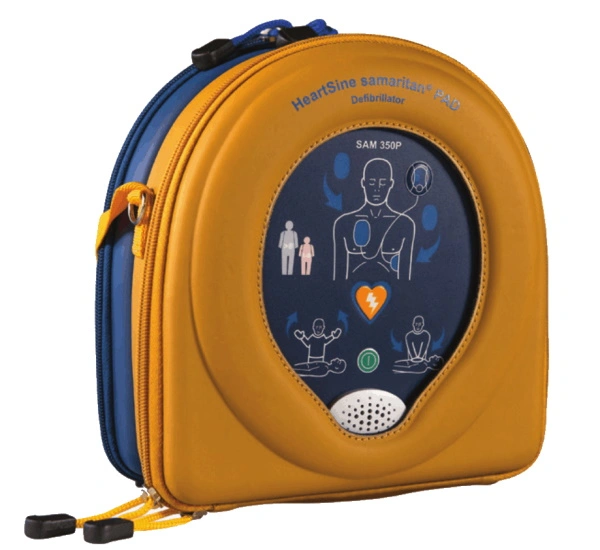AED’S: Reviving Hearts
Imagine you’re enjoying a day out at your local shopping mall when suddenly, someone nearby collapses. Panic might set in, but there’s a life-saving device, a Public Access Defibrillator can make all the difference. In this blog post, we’ll delve into the compelling results of a key study on AED’s and discover how these simple yet powerful devices are saving lives in public spaces every day.
The Life-Saving Science of Public Access Defibrillators.
An AED is a portable, user-friendly device designed to restart a person’s heart after sudden cardiac arrest, an event in which the heart unexpectedly stops beating. The AED delivers an electric shock through the chest to jump-start the heart, increasing the chances of survival. But do they really help?
The Public Access Defibrillation (PAD) Trial – A Closer Look:
The PAD trial, published in the New England Journal of Medicine in 2004, aimed to determine if providing AEDs in public places and training laypeople to use them would improve survival rates after out-of-hospital cardiac arrest (OHCA). The results of this groundbreaking study were overwhelmingly positive and have since influenced AED policies worldwide.
Key Findings from the PAD Trial:
- Rapid AED use can double or even triple survival rates: When AEDs were used by laypeople within the first few minutes of an OHCA, the chances of survival increased dramatically.
- Early defibrillation is crucial: The study showed that every minute of delay in defibrillation reduces the likelihood of survival by 7-10%. The sooner an AED is used, the higher the chances of survival.
- Training saves lives: Proper training in AED use and CPR for laypeople led to more lives being saved, emphasizing the importance of public education in emergency response.
The Ease of Public Access Defibrillator Use:

AEDs are designed to be user-friendly, even for those without medical training. The devices come with voice instructions that guide users through each step of the process. This ensures that anyone can effectively use an AED to save a life during an emergency. Many AED’s have helpful features that make a rescue even easier, such as on screen instructions, or live CPR coaching.
The Difference AEDs Make:
The PAD trial’s findings highlight the importance of early access to AEDs and proper training in improving survival rates for cardiac arrest victims. Whether you’re a medical professional or just an ordinary person, having an AED nearby and knowing how to use it can make all the difference when someone experiences sudden cardiac arrest.
Conclusion
The compelling results of the PAD trial have had a lasting impact on public health policy and the accessibility of AEDs in public spaces. AEDs are powerful, life-saving devices that can make a real difference in emergency situations. By raising awareness about their effectiveness and promoting widespread training in their use, we can save more lives and give people a fighting chance against sudden cardiac arrest.






